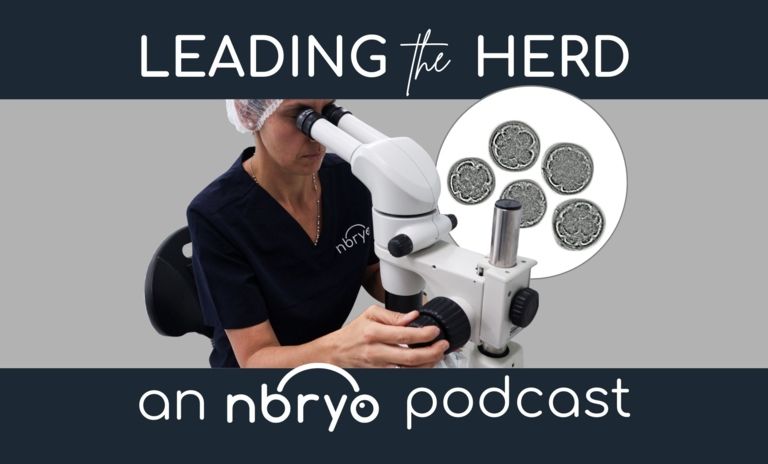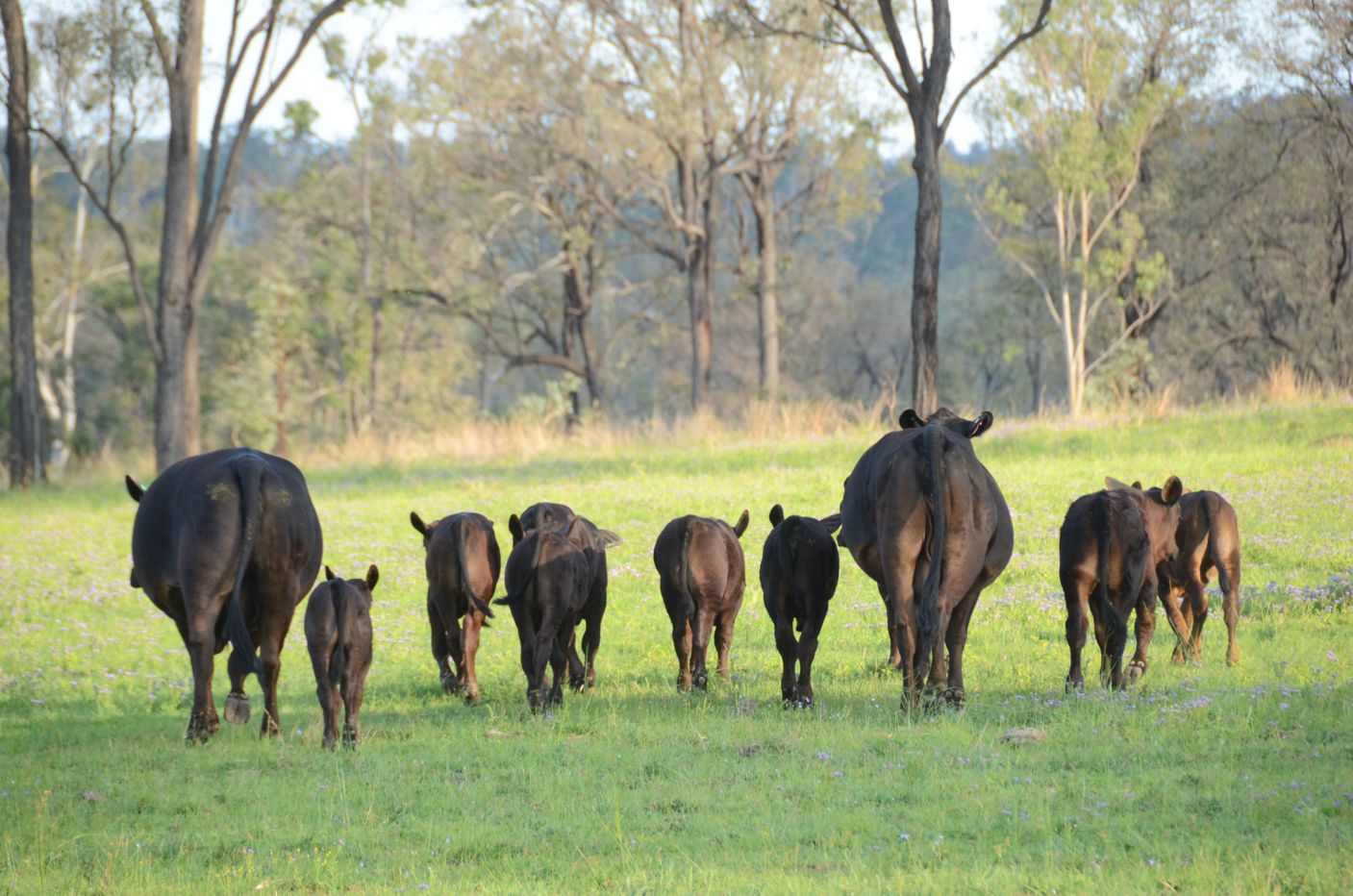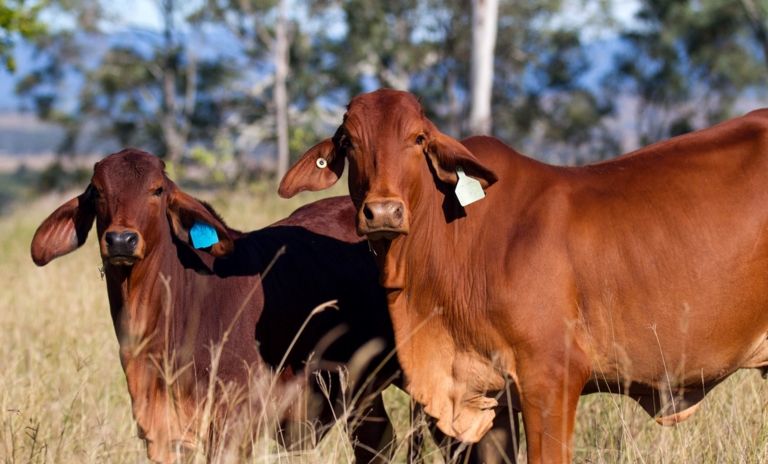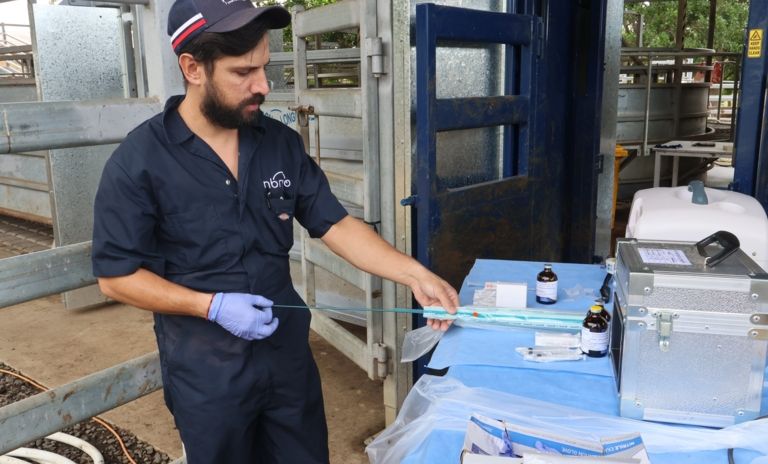

The selection and management of recipient females has a substantial bearing on the pregnancy rates that are achieved on any embryo transfer program. Despite the best efforts to ensure optimal embryo production in the in vitro laboratory, results could be comprised if suboptimal recipients are either selected or managed incorrectly.
The best recipient females are:
Why are these females the recipients of choice?
First lactation females, dry cows or females that have failed to conceive to either AI, ET or a bull previously can be used as recipients, but the result is likely to be compromised. Maiden heifers may be suitable, provided they are cycling at the time of synchronisation. It is important to remember that their performance with respect to calving and mothering ability is unknown, and noting too that IVF calves can sometimes be larger than naturally mated calves.
As with nutritional management for all reproductive purposes, recipients are best maintained on a rising plane of nutrition in the 6 weeks prior to transfer of embryos and for the same duration after transfer. Ideally cows would calve in BCS ~3.0 and be kept on a rising plane of nutrition to reach BCS 3.5 at the time of transfer. Over fat (≥4.0 BCS) or lean (≤2.0 BCS) are not recommended.
Avoid changing the nutritional regime of recipients before or after embryo transfer. It is important to avoid pastures with a high legume content, particularly clover, lucerne and vetch. These can be high in phytoestrogens and can lead to ovarian dysfunction. If supplementation is required, it is best to introduce this early and gradually. Good quality cereal hay is ideal whereas grain supplementation is best avoided.
Some trace element deficiencies can be responsible for low reproductive performance. Where pastures are deficient, supplementation for trace minerals can improve pregnancy rates. It is recommended that your local nutritionist or veterinarian is consulted to design a supplementation program that will optimise the recipient’s fertility.
It is recommended that no major changes occur in the management of recipient females in the 30 days prior to embryo transfer. This includes any significant nutritional, paddock or group changes. Any minor changes or health treatments should be done at least two weeks before embryo transfer and/or pregnancy diagnosis.
It is best practice to ensure that recipient females are vaccinated against diseases that can cause reproductive loss. Given the risks of these disease will vary between operations, we recommend you consult your local veterinarian and follow the appropriate Australian Immune Ready Guidelines and Recommendations. In general, it is recommended that females receive vaccinations or any other treatments at least 2 weeks before the time of embryo transfer.
It is important that recipient females are not pregnant at the time of synchronisation, as it will be impossible for the female to conceive to embryo transfer and furthermore, she may abort the existing pregnancy. If pregnancy status is uncertain, it is advised that females are pregnancy tested prior to synchronisation and/or consult your veterinarian to develop a management program to ensure females are empty.
All recipients should be identified with a visual identification such as an ear tag or a brand, and best practice is to also use a RFID tag for efficient data processing and management. This will allow good record keeping and subsequent management to help achieve your breeding objectives.
Management of females after embryo transfer is as important as the preparation prior to the program. It is vital to minimise stress at all times, (both environmental and human-induced). Females should have access to feed, clean water and shade both during and after transfer, particularly if they need to be held in the yards for a day before or after transfer. General recommendations are animals should be walked quietly back to their paddock after embryo transfer with the time taken not exceeding 30 mins. Trucking or moving stock to a different location should be avoided where possible.
Pregnancy diagnosis can be performed as early as 23 days following transfer by an experienced operator, using transrectal ultrasound. If an early pregnancy diagnosis is performed, it is recommended to confirm pregnancy at 90 days gestation given the risk of pregnancy loss after this time is low in well managed herds.
Check out our synchronisation resource to learn more about preparing recipients for embryo transfer.
For more information regarding recipient selection and management, please get in touch with the Nbryo team.



